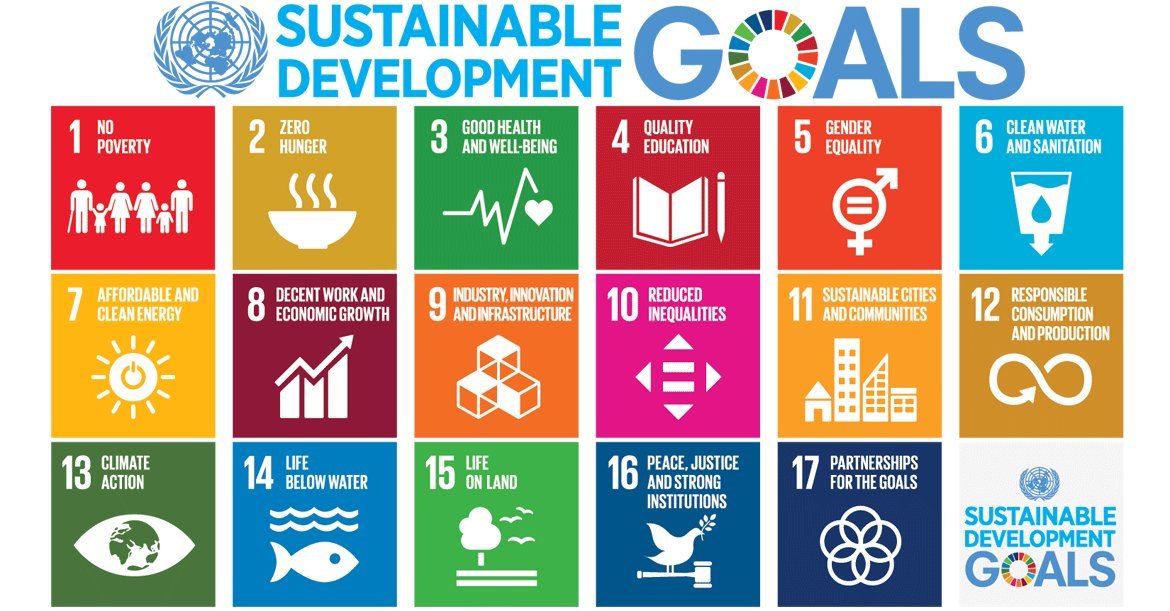It is tempting to discount the role of gender in private sector water provision. Whereas in community-managed water provision we saw how deeply mere matters of scale (shifting agency from the large-scale public to the small-scale home) could implicate female participation in water-related decisions, in private sector water provision it is difficult to locate the role of gender in the equation.
However, it is crucial to ask if concerns of efficiency in neoliberal models of water provision are biased against women.
Parties who advocate for the involvement of the private sector in water provision highlight the potential of water prices to improve water allocation, efficiency, and resource conservation. Water tariffs incentivise Africans to use water more efficiently. However, could this concept of efficiency be a Eurocentric one? What we consider essential uses of water may as well be extravagant for African communities.
For instance, research has shown that women especially forgo uses of water to do with sanitation, for instance hand washing, in favour of saving the water for other uses such as water, given the sheer labour involved with collecting water. In this sense, it is likely that women disproportionately take on the burden of "saving" water to save on water costs, precisely because it is women who bear the consequences of these costs.
Where women and children spend hours of walking with heavy jerrycans of water, it seems almost foolish to use them where the benefits seem trivial or not immediate. There are so many other health risks - open defecation, inadequate waste disposal, poor healthcare - so much so that to spend precious water on what may seem more urgent and in control seems far more wise.
Furthermore, the free market is inherently inequitable, for the ability to vote with one's dollar is deeply contingent on a host of factors controlled by a host of agents. Even where property and capital is accounted for in wealth, there are so many structural barriers inhibiting women and the poor from accessing this capital, for instance the exclusion of women from owning land tenures even where they might be recognised as the main carers for the land.
Parties who advocate for the involvement of the private sector in water provision highlight the potential of water prices to improve water allocation, efficiency, and resource conservation. Water tariffs incentivise Africans to use water more efficiently. However, could this concept of efficiency be a Eurocentric one? What we consider essential uses of water may as well be extravagant for African communities.
For instance, research has shown that women especially forgo uses of water to do with sanitation, for instance hand washing, in favour of saving the water for other uses such as water, given the sheer labour involved with collecting water. In this sense, it is likely that women disproportionately take on the burden of "saving" water to save on water costs, precisely because it is women who bear the consequences of these costs.
Where women and children spend hours of walking with heavy jerrycans of water, it seems almost foolish to use them where the benefits seem trivial or not immediate. There are so many other health risks - open defecation, inadequate waste disposal, poor healthcare - so much so that to spend precious water on what may seem more urgent and in control seems far more wise.
Furthermore, the free market is inherently inequitable, for the ability to vote with one's dollar is deeply contingent on a host of factors controlled by a host of agents. Even where property and capital is accounted for in wealth, there are so many structural barriers inhibiting women and the poor from accessing this capital, for instance the exclusion of women from owning land tenures even where they might be recognised as the main carers for the land.

